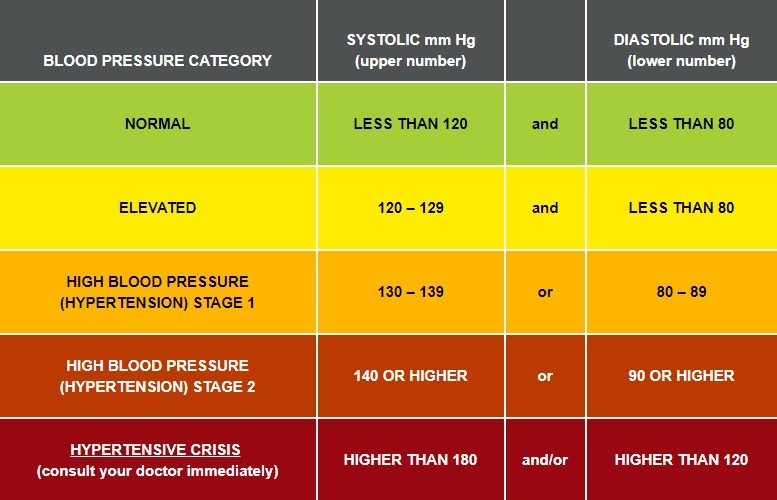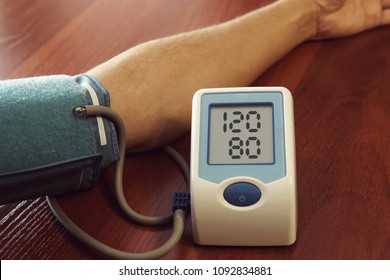

A word of caution to seniors, however – older people are more likely to fall and are more at risk when they do, and standing up sometimes can cause a rapid drop in blood pressure because of poor blood flow to the brain. That’s exactly what it sounds like: blood pressure that’s taken while you’re standing.
#Good blood pressure chart how to
Taken together with any other factors you might have, such as a family history of heart or vascular disease, or being overweight or obese, your blood pressure is a piece of the puzzle your doctor puts together to decide how to manage that risk. If you’re between ages 40 and 89, the AHA notes that your risk for heart disease and stroke doubles with every 20 points of systolic pressure and every 10 points of diastolic pressure. High blood pressure has a strong connection to a person’s overall risk for heart and vascular problems, including heart attacks and strokes. Heart and vascular risk from high blood pressureStudies have observed that cardiovascular risk increases as blood pressure rises beginning even at 115 mmHg systolic and 75 mmHg diastolic – measurements that fall well within the range of what’s classified as normal blood pressure. It’s something patients and doctors need to be thinking about and managing long-term. The risk doesn’t suddenly appear once a patient crosses the threshold into a high-blood-pressure stage.

It’s important to note that these aren’t magic cutoff points. Stage 2 high blood pressure: 140 or above mmHg systolic 90 or above mmHg diastolic.Stage 1 high blood pressure: 130 to 139 mmHg systolic 80 to 89 mmHg diastolic.Elevated blood pressure: 120 to 129 mmHg systolic less than 80 mmHg diastolic.Normal blood pressure: less than 120 mmHg systolic less than 80 mmHg diastolic.The new blood pressure scale is as follows: The first number is systolic pressure, and the second number is diastolic pressure. You’ve probably heard blood pressure given as one number over another number, such as 120 over 80. We measure blood pressure in millimeters of mercury, or mmHg. Patients and their doctors have to have strong communication and good partnerships in order to understand and treat this dangerous condition. They recognize our growing understanding of high blood pressure and why we shouldn’t manage it through medical treatments alone. But the new guidelines are a step in the right direction.

It may seem scary to think about 30 million more people having high blood pressure, or hypertension, essentially overnight. The end result: 46 percent of Americans now are considered to have high blood pressure, up from 32 percent under the old guidelines. In November 2017, the American Heart Association (AHA) and the American College of Cardiology (ACC) released new guidelines for blood pressure, lowering the range of what’s considered a high blood pressure reading.


 0 kommentar(er)
0 kommentar(er)
